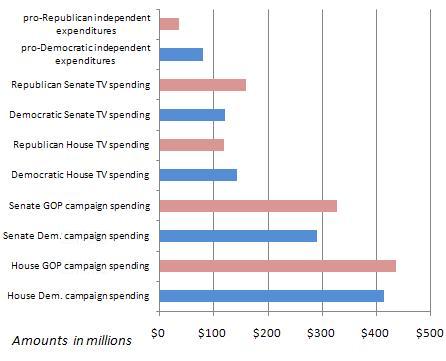I just want to put in a plug for Tony Judt’s book Postwar: A History of Europe Since 1945, which I finished a few weeks ago. It’s a sweeping, comprehensive essay about politics, economics, popular culture, high culture, diplomacy, and society in Europe from Ireland to Belarus, from 1945 to 2005. Judt provides no references and quotes relatively sparely, so the narration is uncluttered and un-academic; it moves along at an exhilarating pace. Judt long ago abandoned the grand theoretical frameworks of Marxism and Zionism that he held in his youth, and Postwar is a model of history as a set of concrete, particularistic, contingent episodes (one damn thing after another). Many of the trends in modern European history emrge as fairly accidental–political integration is the best example.
Judt is certainly not value-neutral; in fact, he is a firm moralist with humane and classically liberal judgments–and no tolerance for the deeply intolerant.
A few large conclusions surprised me. Mikhail Gorbachev emerges as a pivotal figure, whose discretionary choices as General Secretary sent Europe on one course when it could have gone in quite different directions. I don’t think Judt subscribes to a Great Man Theory of History–no other individual in the book plays a similar role. But Judt does deny that the peaceful collapse of communism was inevitable, or that it was brought down by US policy or anti-Communist dissidents. He thinks Gorbachev took it down, which would make the former Soviet leader one of the great figures of all time.
The differences among European social welfare states emerged as more important than I had realized. The French nationalized major industries to control employment and wages (and then privatized once they had an officially Socialist government). The Scandinavians, on the other hand, never nationalized but taxed income and spent liberally on individual entitlements. The British government directly provided health care when the Germans and most other continentals relied on private delivery.
On the other hand, certain similarities between communist states and western democracies struck me. Judt is unsparing in his criticism of the purges, the environmental devastation, the human waste, and the general tyranny of communism. But the Warsaw Pact states operated in the same financial and commodities markets as the West and experienced some of the same ups and downs. They also experienced similar generational changes. They were governed until the sixties by old men who had been formed before World War One, and then changed when a new cohort of people took over whose formative experiences had been in the fifties.
Judt’s wide scope takes in parts of Europe often ignored (by people like me), such as the southern Balkans, the eastern Slavic lands, Portugal, and southern Italy. Postwar is partly the story of amazingly rapid modernization, spreading from northwest Europe outward. A comparison to contemporary China seems appropriate.
Postwar ends with a thoughtful essay about what Europe is like today and where it seems to be headed. Judt is aware of the frailties of the European Union and the challenges of the present, including how to deal humanely and justly with immigration and how to serve the young appropriately when populations are predominantly old. Yet he sees tremendous potential in this huge zone of economically integrated democratic states. For all the talk of China (or India) as the great power of the next century, I would not be surprised if Old Europe actually dominates.
